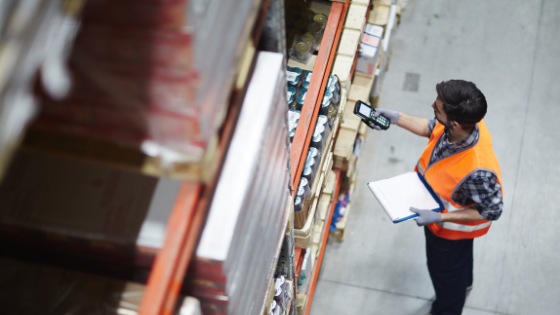Hollywood loves to glamorize danger. Whether it’s Spiderman stopping a runaway train, Superman saving an entire city block, or Ethan Hunt dangling from dizzying heights, these blockbuster moments skip over one important reality: none of them would pass an OSHA inspection.In the real world, we don’t have capes or superpowers—but we do have something just as powerful: strong occupational health and safety programs. And when they’re implemented effectively, EHS leaders become the real heroes—protecting lives, improving productivity, and creating a culture where people thrive.
What Is Occupational Health, Really?
You’ve heard the term "occupational health," but what does it actually mean?
At its core, occupational health refers to all aspects of employee well-being in the workplace—physical, mental, and even emotional. This includes:
-
Exposure to hazards like chemicals, carcinogens, or excessive noise
-
Conditions that lead to chronic pain or musculoskeletal disorders
-
Broader wellness factors like fair pay, reasonable hours, sick leave, and access to healthcare
Occupational health goes hand-in-hand with workplace safety. Safe environments foster healthier employees, and healthier employees contribute to safer work conditions. It’s a win-win.
Communication: The Unsung Hero of Health & Safety
For years, workplace safety communication relied on posters in breakrooms and occasional training sessions. But static messages only go so far. Today, effective communication is dynamic, digital, and always evolving.
Think beyond the bulletin board. Companies now reach employees through:
-
Real-time text alerts
-
Emails and mobile app notifications
-
Digital signage and workplace screens
-
Interactive forms and feedback tools
Modern communication is fast, flexible, and—most importantly—engaging. It meets workers where they are, helping them stay informed and involved in safety efforts every day.
The Ripple Effect of a Healthy Workplace
A strong occupational health program doesn’t just reduce injuries or improve productivity—it transforms lives.
-
Fewer sick days and injuries mean employees are more present, engaged, and energized
-
Lower medical costs benefit both the organization and the individual
-
Workers bring that wellness home, improving life outside the job site
When employees feel safe and supported, they bring their best selves to work. That’s how real business impact is made—not with superpowers, but with smart investments in people.
Make Occupational Health a Priority—Not an Afterthought
Your team doesn’t need a superhero—they need a safety strategy that works. A comprehensive occupational health program is more than a requirement. It’s a catalyst for culture, performance, and long-term success.
Ready to empower your workforce with better health and safety? You’re in the right place.

